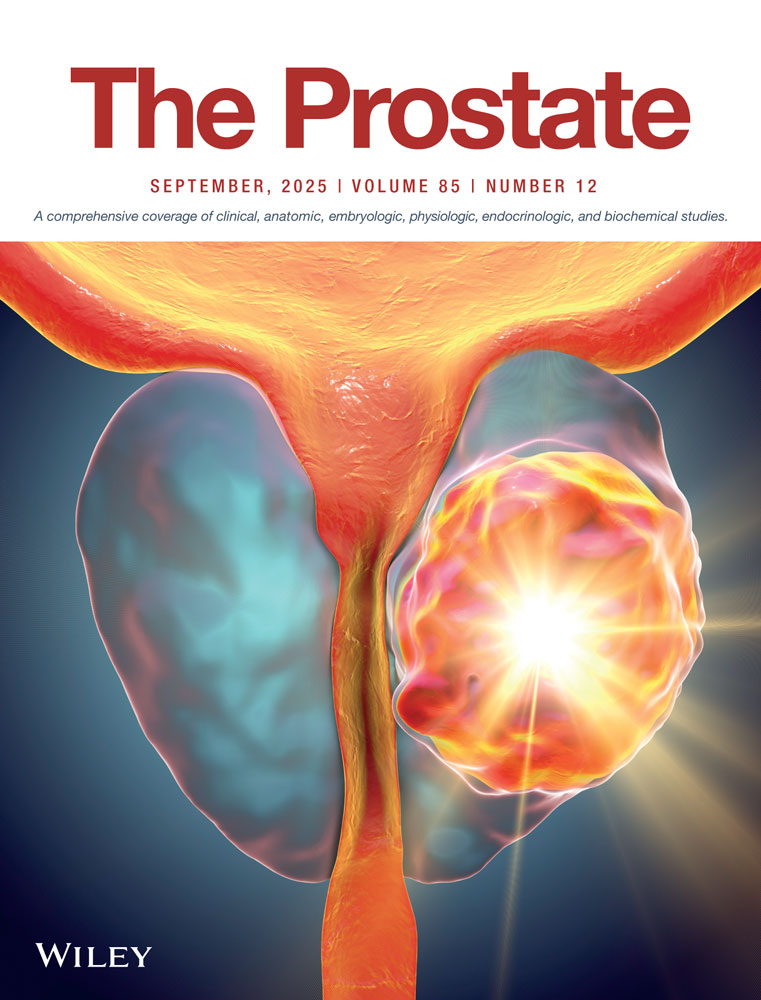History of Vasectomy Is not Associated With Prostate Cancer Progression in Men on Active Surveillance
ABSTRACT
Background
Despite decades of debate, there is little resolution about the relationship between vasectomy and prostate cancer, let alone disease progression in men on active surveillance. We sought to compare progression risk in men on active surveillance with or without history of vasectomy.
Methods
We performed a retrospective review of data from our institutional Active Surveillance Program. To assess cancer outcomes, we evaluated baseline demographic data, prostate-specific antigen (PSA), PSA density, and estimates of biopsy tumor volume in men with low-grade (Grade Group 1) prostate cancer with or without vasectomy history. Men with a vasectomy were further categorized by time between vasectomy and prostate cancer diagnosis to evaluate whether this latent period influenced disease progression. We defined disease progression as grade reclassification (GR; upgrading) to Grade Group ≥ 2 on any surveillance biopsy. Treatment in absence of GR and death not due to prostate cancer were considered competing risks. The Fine & Gray model was used to calculate univariate and multivariate subdistribution hazard ratios accounting for competing risk.
Results
A total of 1565 men with Grade Group 1 prostate cancer at diagnosis were included, of whom 373 men reported prior vasectomy and 1192 reported no history of vasectomy. GR to ≥ Grade Group 2 on any surveillance biopsy occurred in 112 (30.0%) men with prior vasectomy, compared to 386 (32.4%) men without vasectomy, at any surveillance biopsy. After adjustment for baseline characteristics, neither a history of vasectomy nor the time from vasectomy to prostate cancer diagnosis was associated with a significant risk of progression to higher grade disease.
Conclusions
This is the first investigation of prostate cancer progression risk and history of vasectomy in men on active surveillance. Given that prostate cancer is the most common cancer diagnosis in men in the USA, identification of risk factors for adverse clinical outcomes is necessary so patients may make informed management decisions.
Conflicts of Interest
The authors declare no conflicts of interest.
Open Research
Data Availability Statement
Data are securely stored at the Brady Urological Institute at Johns Hopkins. To preserve patient privacy, data are not available for public use.




